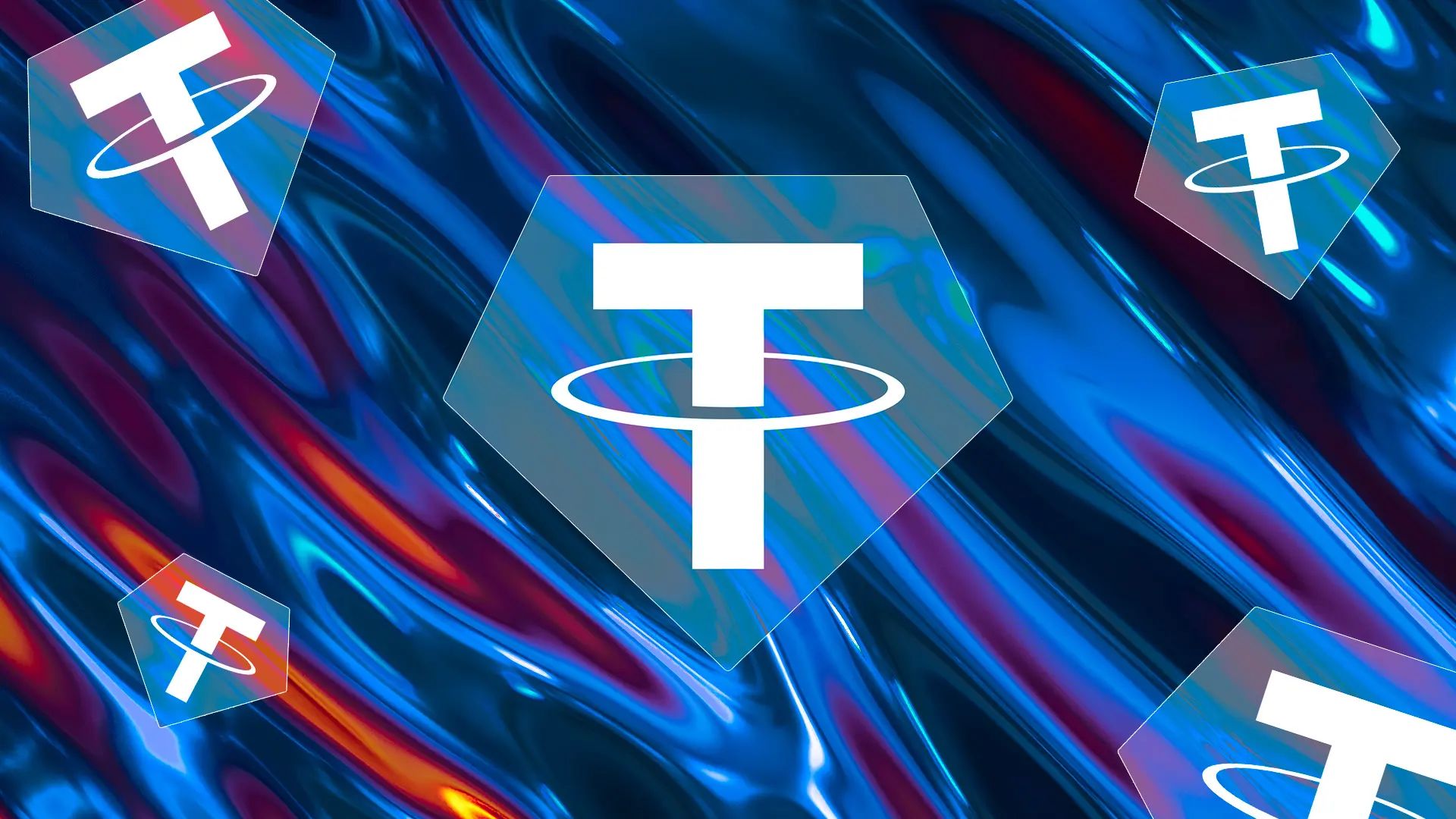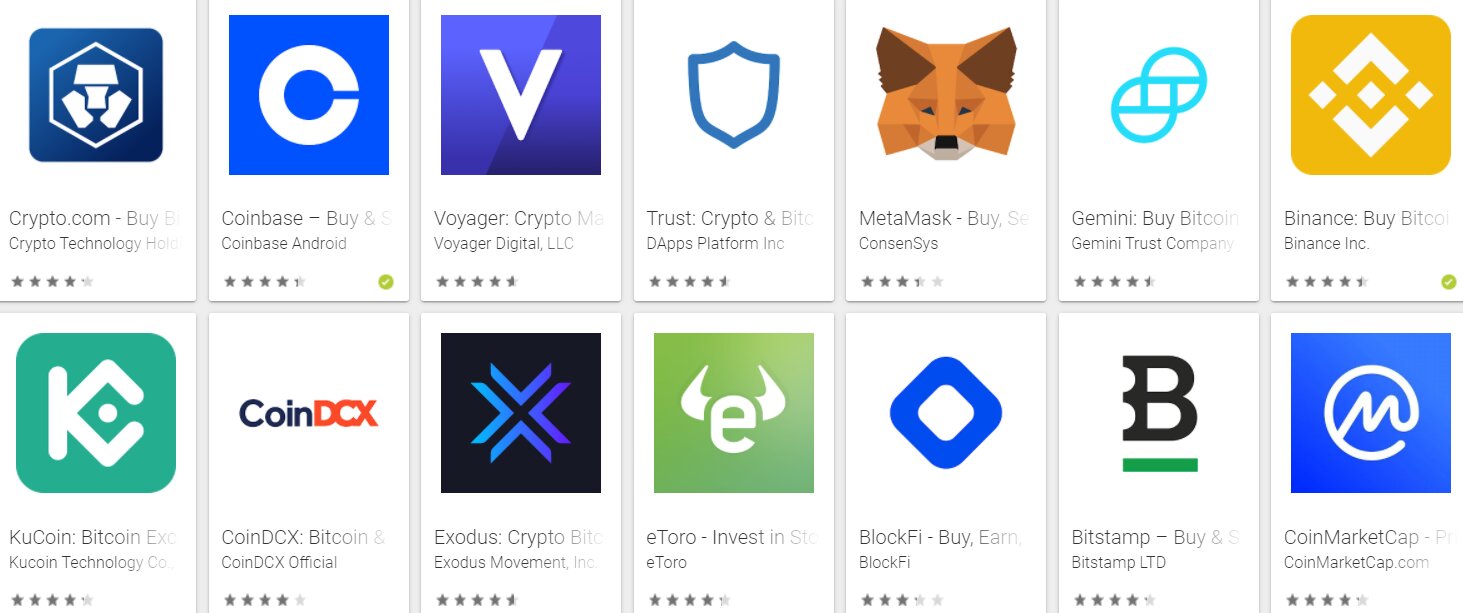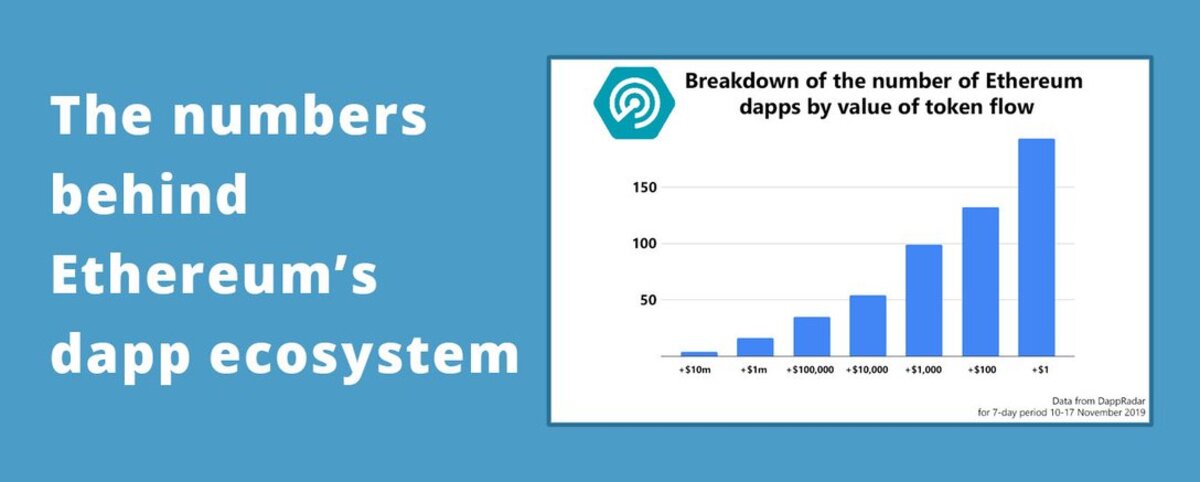What is Stablecoin Staking
Stablecoin staking has emerged as a popular investment strategy in the cryptocurrency world. It involves holding and locking up stablecoins, such as Tether (USDT), USD Coin (USDC), or Dai (DAI), in a staking platform to earn passive income. Staking stablecoins allows investors to earn rewards by participating in consensus mechanisms that help secure and maintain the stability of the underlying blockchain networks.
Unlike traditional proof-of-work (PoW) or proof-of-stake (PoS) cryptocurrencies, stablecoins aim to maintain a stable value against a specific asset, usually a fiat currency like the US dollar. Stablecoin staking takes advantage of the price stability of these digital assets, providing a relatively low-risk investment opportunity compared to other volatile cryptocurrencies.
When staking stablecoins, users commit their holdings to a staking platform, which locks up their assets for a predetermined period. This commitment helps facilitate network security and stability. In return for their participation, stakers earn staking rewards, typically in the form of additional stablecoins or a percentage of the transaction fees generated on the blockchain network.
Stablecoin staking offers a compelling alternative to traditional investment instruments such as savings accounts or bonds. It provides an opportunity to earn passive income without the need for complex trading strategies or high-risk investments. Additionally, stakers have more control over their funds since they are not required to entrust them to centralized institutions like banks or investment firms.
Moreover, stablecoin staking benefits from the inherent advantages of blockchain technology, such as transparency, immutability, and decentralization. The participation of stakers helps secure the underlying blockchain network, making it more resistant to attacks and ensuring the integrity of transactions.
Overall, stablecoin staking provides an avenue for investors to put their stablecoins to work, generating passive income through the participation in blockchain consensus mechanisms. By earning staking rewards, individuals can diversify their investment portfolio and potentially achieve higher returns compared to traditional investment options.
How Does Stablecoin Staking Work
Stablecoin staking works by leveraging the underlying blockchain technology to secure and validate transactions on the network. It involves a series of steps that enable users to participate in the staking process and earn rewards. Here’s a breakdown of how stablecoin staking typically works:
- Selecting a Staking Platform: The first step in stablecoin staking is choosing a reputable staking platform. There are several platforms available that support stablecoin staking, each with its own set of features and rewards. It’s important to research and compare different platforms to find the one that aligns with your investment goals and risk tolerance.
- Acquiring Stablecoins: Once you’ve chosen a staking platform, you need to acquire the stablecoins you wish to stake. Stablecoins can be purchased from cryptocurrency exchanges or obtained through other means, depending on the platform and the specific stablecoin you want to stake.
- Transferring Stablecoins to the Staking Platform: After acquiring stablecoins, you’ll need to transfer them to the staking platform. Each platform will have specific instructions on how to deposit stablecoins. Usually, this involves creating an account on the platform, generating a deposit address, and initiating the transfer from your wallet to the platform.
- Locking up Stablecoins: Once your stablecoins are transferred to the staking platform, you will need to lock them up for a certain period. This lock-up period can range from a few days to several months, depending on the platform and the staking requirements. During this time, your stablecoins will not be accessible for trading or withdrawal.
- Earning Staking Rewards: While your stablecoins are locked up, you will start earning staking rewards. The specific rewards mechanism varies depending on the platform and the consensus mechanism of the underlying blockchain network. Typically, rewards are distributed in the form of additional stablecoins or a percentage of the transaction fees generated on the network.
- Monitoring and Managing Staking Rewards: It’s important to monitor the performance of your staked stablecoins and manage your staking rewards. Some platforms allow you to compound your rewards by automatically reinvesting them into the staking pool. Others may provide options to withdraw rewards or choose different staking strategies. Regularly reviewing and adjusting your staking strategy can help maximize your earning potential.
Overall, stablecoin staking involves selecting a staking platform, acquiring stablecoins, transferring them to the platform, locking them up for a specific period, and earning staking rewards. By actively participating in the staking process, individuals can generate passive income and potentially achieve higher returns compared to traditional investment options.
Benefits of Stablecoin Staking
Stablecoin staking offers various benefits to investors and cryptocurrency enthusiasts. Here are some of the key advantages of engaging in stablecoin staking:
- Passive Income Generation: One of the primary benefits of stablecoin staking is the ability to earn passive income. By staking stablecoins, individuals can put their assets to work and generate rewards without actively trading or participating in complex investment strategies.
- Relatively Low-Risk Investment: Stablecoins are designed to maintain a stable value against a specific asset, such as a fiat currency like the US dollar. This stability makes stablecoin staking a relatively low-risk investment option compared to investing in volatile cryptocurrencies. Stakers can earn rewards without exposing themselves to the same level of price fluctuations and market volatility.
- Control Over Funds: When staking stablecoins, individuals have greater control over their funds compared to traditional investments. Rather than entrusting their assets to a centralized institution, stakers maintain ownership of their stablecoins. This decentralization aspect aligns with the core principles of blockchain technology, offering increased transparency and security.
- Participation in Blockchain Governance: Some staking platforms enable users to participate in the governance of the underlying blockchain network. As a staker, you may have voting rights or the ability to influence network upgrades and proposals. This involvement gives stakers a voice in shaping the future of the blockchain ecosystem.
- Potential for Higher Returns: Stablecoin staking can potentially offer higher returns compared to traditional investment instruments, such as savings accounts or bonds. The rewards earned from staking can contribute to a diversified investment portfolio and help increase overall returns over time.
- Supporting Network Security and Stability: By staking stablecoins, individuals contribute to the security and stability of the underlying blockchain network. The participation of stakers helps validate transactions, secure the network against potential attacks, and maintain consensus on the blockchain. This collective effort enhances the overall integrity of the network.
These are just a few of the benefits associated with stablecoin staking. It provides an opportunity for passive income generation, offers a relatively low-risk investment option, allows for greater control over funds, enables participation in blockchain governance, potentially delivers higher returns, and supports the security and stability of the network.
Risks and Considerations of Stablecoin Staking
While stablecoin staking offers several benefits, it’s important to be aware of the associated risks and considerations. Here are some of the key factors to consider before engaging in stablecoin staking:
- Platform Risk: Choosing the right staking platform is crucial. Not all platforms are created equal, and some may have higher risks associated with them. It’s essential to conduct thorough research and due diligence on the platform’s reputation, security measures, track record, and user reviews before depositing your stablecoins.
- Market Volatility: Although stablecoins aim to maintain a stable value, the broader cryptocurrency market can still experience significant volatility. The value of stablecoins can be influenced by market factors, regulatory changes, or economic conditions. It’s important to monitor market conditions and be prepared for potential fluctuations in the value of staked stablecoins.
- Smart Contract Risks: Stablecoin staking often involves the use of smart contracts, which are self-executing contracts running on the blockchain. While smart contracts provide automation and transparency, there is still a risk of vulnerabilities or bugs in the contract code. It’s crucial to review the security of the smart contract and understand the potential risks associated with it.
- Liquidity: When staking stablecoins, your funds are locked up for a specific period. This lock-up period can vary depending on the platform and chosen staking option. It’s important to consider your liquidity needs and understand that you may not be able to access or trade your staked stablecoins until the lock-up period expires.
- Regulatory Risks: As the cryptocurrency industry continues to evolve, regulatory frameworks are still being developed in many jurisdictions. Changes in regulations could impact the stability, legality, or taxation of stablecoin staking. It’s essential to stay informed about local regulations and seek professional advice if needed.
- Loss of Funds: While stablecoin staking is generally considered a low-risk investment strategy, there is always a possibility of unforeseen events or technical vulnerabilities that could result in the loss of staked funds. It’s crucial to manage and secure your private keys properly and take necessary precautions to protect your assets.
It’s important to assess and understand these risks and considerations before engaging in stablecoin staking. By being aware of the potential risks involved, investors can make informed decisions and take appropriate steps to mitigate any potential downsides.
Different Types of Stablecoin Staking Platforms
There are various types of stablecoin staking platforms available, each offering different features and rewards. Understanding the different types can help you make an informed decision when choosing a platform. Here are some common types of stablecoin staking platforms:
- Centralized Staking Platforms: Centralized staking platforms are operated by a centralized entity or organization. These platforms often provide a user-friendly interface and handle the technical aspects of staking on behalf of users. While centralized platforms may offer convenience and ease of use, they rely on trust in the platform operator to fulfill their staking commitments.
- Decentralized Staking Platforms: Decentralized staking platforms, also known as decentralized finance (DeFi) platforms, operate on a blockchain network without a central authority. As a user, you have full control over your staked assets and interact directly with smart contracts. Decentralized platforms often provide higher transparency and security, but they may require more technical know-how to navigate.
- Exchanges with Staking Services: Some cryptocurrency exchanges offer staking services directly on their platforms. Users can stake their stablecoins within their exchange accounts, usually by selecting a staking option for a specific stablecoin. This type of platform offers the convenience of staking and trading within one interface but may have certain restrictions or fees imposed by the exchange.
- Specialized Staking Platforms: There are specialized staking platforms that focus solely on stablecoin staking. These platforms may offer unique features, such as different staking options, detailed analytics, or additional services related to stablecoin investments. These platforms cater specifically to stablecoin stakers and may attract users looking for dedicated stablecoin staking opportunities.
- Blockchain-specific Staking Platforms: Some blockchain networks have their own dedicated staking platforms for specific stablecoins. These platforms are built on top of the respective blockchain and provide staking opportunities exclusively for the associated stablecoin. This type of platform often aligns with the specific consensus mechanism and governance structure of the underlying blockchain network.
It’s important to research and compare different stablecoin staking platforms to identify the type that suits your needs and goals. Consider factors such as platform reputation, security, rewards structure, fees, and user experience. Depending on your preferences, you can choose between centralized or decentralized platforms, or opt for specialized or blockchain-specific platforms to meet your stablecoin staking requirements.
Comparison of Stablecoin Staking Platforms
When considering stablecoin staking, it’s essential to compare different platforms to find the one that best suits your needs. Here are some key factors to consider when comparing stablecoin staking platforms:
- Platform Reputation and Security: Research the reputation and track record of each platform. Look for platforms that have a solid reputation in the crypto community and a track record of security and reliability. Check if the platform has experienced any security breaches or incidents in the past.
- Supported Stablecoins: Check which stablecoins are supported by each platform. Some platforms may support a wide range of stablecoins, while others may have limited options. Ensure that the stablecoin you wish to stake is available on the platform you choose.
- Staking Rewards and APY: Compare the staking rewards and annual percentage yield (APY) offered by each platform. Higher rewards and APY can increase your passive income potential. However, be cautious of platforms that offer unusually high rewards, as they may come with additional risks or be unsustainable in the long run.
- Lock-up Period: Evaluate the lock-up period required by each platform. Some platforms have shorter lock-up periods, while others may require longer commitments. Consider your liquidity needs and investment horizon when choosing a platform with the lock-up period that aligns with your preferences.
- Staking Fees: Check for any fees associated with staking on each platform. Some platforms charge a flat fee or a percentage of the staked amount as a fee. Compare the fee structures and consider how they may impact your overall staking returns.
- User Experience and Interface: Consider the user experience and interface of each platform. Look for platforms that offer a user-friendly interface, intuitive navigation, and easy-to-understand staking processes. A platform that provides clear and transparent information can make your staking experience more convenient and efficient.
- Additional Features: Explore any additional features or benefits offered by the platforms. Some platforms may have features like compound interest, referral bonuses, or the ability to participate in platform governance. These additional features can enhance your staking experience and potentially increase your rewards.
By comparing stablecoin staking platforms based on these factors, you can make an informed decision that aligns with your goals, risk tolerance, and investment preferences. It’s important to assess each platform’s reputation, security, supported stablecoins, staking rewards, lock-up periods, fees, user experience, and any additional features they offer.
How to Choose the Right Stablecoin Staking Platform
Choosing the right stablecoin staking platform is crucial for a successful and rewarding staking experience. Here are some key considerations to help you select the right platform:
- Research and Due Diligence: Conduct thorough research and due diligence on different stablecoin staking platforms. Read reviews, explore user feedback, and assess the platform’s reputation within the crypto community. Look for platforms that have a solid track record of security, reliability, and transparency.
- Platform Security: Security should be a top priority when choosing a staking platform. Look for platforms that employ robust security measures, such as multi-factor authentication, encryption, cold storage for funds, and regular security audits. Ensure that the platform has a dedicated team focused on protecting user assets.
- Supported Stablecoins: Consider the stablecoins supported by the platform. Ensure that the platform supports the stablecoin(s) you wish to stake. Diversification options may also be important, as it allows you to stake different stablecoins and spread your risk across multiple assets.
- Staking Rewards and APY: Assess the staking rewards and annual percentage yield (APY) offered by each platform. Compare rewards across different platforms and consider the stability and sustainability of the rewards. Evaluate how the rewards will contribute to your overall investment strategy and passive income goals.
- Platform Fees: Examine the fee structure of each platform. Platforms may charge a fee for staking, withdrawing rewards, or other actions. Compare the fee structures and evaluate how they may impact your overall staking returns. It’s important to balance fees with the potential rewards for a profitable staking experience.
- User Experience: Consider the user experience and interface of the platform. Look for platforms that offer a user-friendly interface, intuitive navigation, and clear instructions on the staking process. A platform with a smooth user experience can make it easier for you to stake and manage your stablecoins effectively.
- Platform Support and Community: Evaluate the level of support provided by the platform. Look for platforms that offer responsive customer support and a thriving community. Engaging with a supportive community can provide valuable insights, tips, and troubleshooting help throughout your staking journey.
- Additional Features: Explore any additional features or benefits offered by the platform. Some platforms may offer options like compounding or governance participation. Evaluate whether these features align with your investment goals and preferences and how they can enhance your staking experience.
By considering these factors and conducting thorough research, you can choose a stablecoin staking platform that aligns with your goals, risk tolerance, and investment preferences. Remember to prioritize security, assess supported stablecoins, evaluate rewards and fees, ensure a user-friendly experience, and explore additional features and community support when making your decision.
Tips for Successful Stablecoin Staking
Stablecoin staking can be a rewarding investment strategy if approached with careful consideration and planning. Here are some tips to help you succeed in your stablecoin staking journey:
- Choose a Reliable Platform: Select a reputable and trusted stablecoin staking platform. Research the platform’s security measures, reputation, and user feedback to ensure that your staked assets are safe.
- Diversify Staked Stablecoins: Consider staking multiple stablecoins instead of focusing on just one. This diversification spreads your risk and allows you to benefit from multiple staking opportunities and reward structures.
- Understand the Lock-up Period: Familiarize yourself with the lock-up period for each stablecoin staking platform. Ensure that the lock-up period aligns with your investment goals and liquidity needs before committing your stablecoins.
- Monitor Staking Rewards: Keep a close eye on your staking rewards and regularly monitor their accumulation. Some platforms offer options to compound rewards, which can help accelerate your earnings over time.
- Stay Informed: Stay updated on market trends, news, and developments related to stablecoins and staking. Being informed about changes in the industry can help you make informed decisions and adjust your staking strategy accordingly.
- Assess Risk and Reward: Evaluate the potential risks and rewards associated with stablecoin staking. Consider the stability of the underlying blockchain, the volatility of the market, and any potential regulatory or security risks.
- Review and Adjust: Regularly review your staking strategy and assess its performance. Consider adjusting your staking positions, diversifying stablecoins, or exploring different platforms as necessary to optimize your returns.
- Secure Your Private Keys: Take necessary precautions to secure your private keys and staking accounts. Use strong passwords, enable two-factor authentication, and consider using hardware wallets or secure staking platforms for added security.
- Start with a Test Amount: If you’re new to stablecoin staking or a particular platform, consider starting with a small test amount before committing a significant portion of your stablecoins. This allows you to gain familiarity with the platform and its processes without risking substantial funds.
- Seek Professional Advice: If you’re uncertain or require guidance, consult with professionals or financial advisors who specialize in cryptocurrency investments. They can provide personalized advice based on your financial goals and risk tolerance.
By following these tips, you can enhance your chances of success in stablecoin staking. Remember to choose a reliable platform, diversify your staked stablecoins, stay informed, assess risks and rewards, regularly review and adjust your strategy, and take necessary security measures to protect your assets.
Conclusion
Stablecoin staking presents an enticing opportunity for investors to earn passive income through the secure and stable nature of stablecoins. By participating in stablecoin staking, individuals can leverage blockchain technology to generate rewards and potentially achieve higher returns compared to traditional investment options.
Throughout this article, we explored the concept of stablecoin staking, discussing how it works and the benefits it offers. We also examined the risks and considerations associated with stablecoin staking, emphasizing the importance of thorough research and due diligence.
Furthermore, we delved into the different types of stablecoin staking platforms available, highlighting the various features and rewards they offer. It is crucial to compare these platforms based on factors such as reputation, security, supported stablecoins, rewards, fees, user experience, and additional features.
To ensure a successful stablecoin staking experience, we provided tips to guide investors through the staking process. These tips emphasize the importance of choosing a reliable platform, diversifying staked stablecoins, monitoring rewards, staying informed, assessing risk and reward, reviewing and adjusting strategies, securing private keys, starting with a test amount, and seeking professional advice when needed.
While stablecoin staking can be a profitable investment strategy, it is essential to note that it is not without risk. Market volatility, technical vulnerabilities, regulatory changes, and liquidity concerns are factors that necessitate caution and careful decision-making.
In conclusion, stablecoin staking offers a unique avenue for investors to earn passive income and participate in blockchain networks’ security and stability. By considering the information presented in this article and implementing the tips provided, individuals can make informed decisions and maximize their chances of success in the world of stablecoin staking.

























